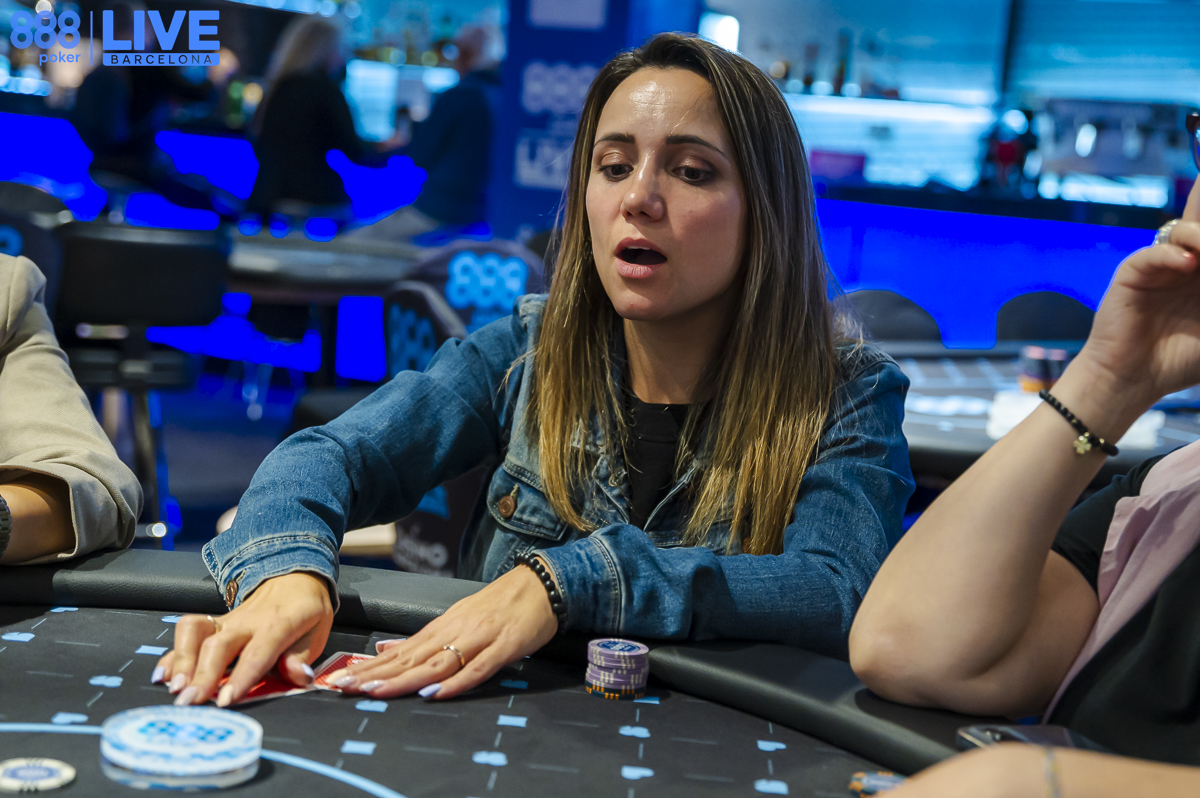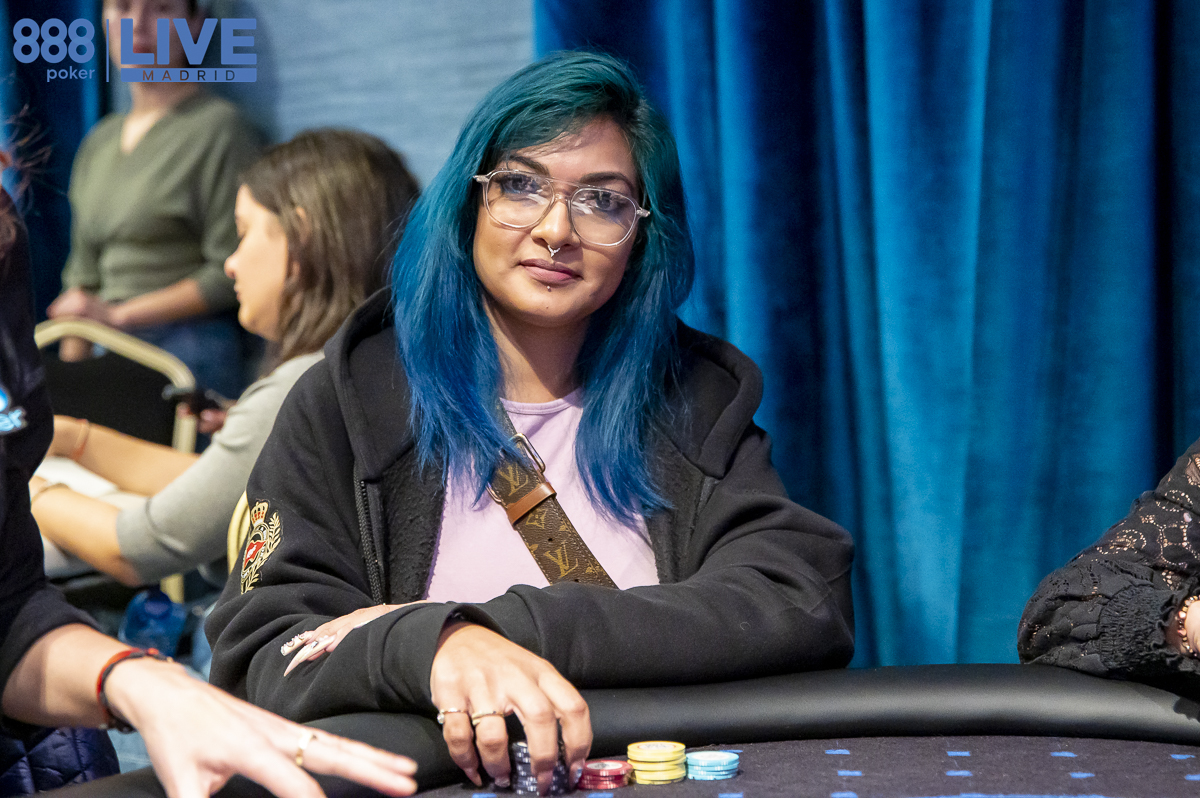Poker is a game of constant challenges, making it so fun—and sometimes so frustrating. Whether you're still learning how to play poker or have been grinding for a while, the path to improvement can feel never-ending.
With so much to learn, from hand ranges to bankroll management to keeping your emotions in check, it’s easy to feel stuck or overwhelmed.
But poker improvement doesn’t have to feel chaotic. Developing a personalised plan can transform the way you approach the game. A clear roadmap can help you focus your efforts and measure your progress, which makes the process more enjoyable.
Learn how to create a poker improvement plan that’s practical, effective, and tailored to your goals. You do this by assessing your current skills, prioritising what to work on, and building habits that set you up for long-term success.
The Importance of a Systematic Approach to Poker Improvement
Poker success doesn't happen by accident. It's a game of skill, strategy, and mental toughness that requires consistent effort to develop. Many players try to "wing it" by playing without a clear improvement strategy. Like a poker cheat sheet, the result is usually inconsistent play and feelings of frustration.

A systematic approach can change that. Instead of aimlessly grinding or jumping from one study topic to the next, focus on what truly matters.
A clear plan can help you identify areas for growth, set specific goals, and build confidence as you improve.
Step 1: Evaluate Your Skills: The First Step to Poker Success
Before you can improve, you need to know where you stand. Self-assessment is the foundation of an effective improvement plan because it helps you pinpoint strengths, identify weaknesses, and decide what to focus on.
Evaluate three key areas:
1). Technical Skills:
How well do you understand core concepts like preflop hand selection, pot odds, poker combos and positional play? Are you confident in more advanced topics like range construction or exploiting opponents’ tendencies?
2). Mental Game:
How do you handle setbacks, like bad beats or downswings? Can you stay focused and tilt-free during long sessions, or do emotions sometimes take control?
3). Habits and Consistency:
What are your study and playing routines? Are you reviewing hands regularly or simply grinding and hoping for improvement?

Using a poker journal or tracking software can give you objective insights into both your habits and results. You can also seek feedback from a coach or a study group.
Knowing where you're starting from will give you a better idea of what to prioritise.
Step 2: Set Clear Goals to Prioritize Your Poker Growth
The next step is to set clear, actionable goals that align with your poker goals. The most efficient way to do this is to set goals that are:
- Specific: Focus on precise objectives, like “Improve 3-bet strategy” or “Reduce tilt.”
- Measurable: Define success in concrete terms, such as “Increase win rate by 3 BB/100 over the next three months.”
- Time-bound: Set specific deadlines to keep yourself on track.
If you’re a beginner, your goals might include mastering fundamentals like starting poker hand ranges or pot odds. Intermediate players can focus on more advanced topics, such as bluffing frequencies or adjusting to different player types.
For best results, balance technical and mental game goals. For example, you might pair “Learn continuation betting strategies” with “Practice deep breathing techniques to stay calm under pressure.”
Step 3: Crafting a Custom Poker Improvement Plan

Your improvement plan should reflect both your goals and schedule.
Here’s how to build one:
1). Balance Study and Play:
Dedicate about 70% of your poker time to playing and 30% to studying. If you have 10 hours a week, spend seven playing and three reviewing hands or studying concepts.
2). Simplify Your Resources:
Use tools that match your goals, such as training videos, books, or software. But to avoid overwhelming yourself with too many resources, stick to one or two at a time.
3). Build Consistent Habits:
The best way to build a study habit is with a consistent routine. Implement routines that keep you on track, like reviewing hands or a poker board after every session or scheduling study blocks before you play.

4). Track Progress:
Use a journal or app to log key metrics like win rate, hours studied, and key takeaways. Tracking is the best way to gain insight into what’s working and what needs adjusting.
5). Seek Feedback:
Review marked hands weekly and seek advice from peers or a coach to gain fresh perspectives and catch blind spots.
A clear plan and consistent habits set the stage for steady improvement, which builds confidence over time.
Step 4: How to Evolve and Refine Your Poker Strategy
Poker is a dynamic game; if you want to keep up, your improvement plan must evolve. Review your progress regularly to ensure you’re on the right track.
Ask yourself:
- What’s working? Are you hitting your goals and seeing measurable improvement?
- What’s not working? Are there areas where you’re stuck or not seeing progress?
- What needs to change?

Remember to be flexible –
- If a specific resource isn’t helpful, pivot to something more effective.
- If you’re struggling with results, revisit game selection or bankroll management.
Finally, remember to celebrate small wins along the way—whether it’s mastering a new skill or playing a tilt-free session.
Hitting small milestones – like winning a WPT Poker Tour - will keep you motivated and remind you how far you’ve come.
Achieve Long-Term Success with a Poker Improvement Plan
Improving at poker takes more than just learning strategy; it’s about creating habits and developing the mental resilience to navigate the game’s ups and downs.
With a personalised improvement plan, you’ll improve your technical and mental game while gaining the confidence to handle challenges at the table.
Progress takes time, so start small. Assess your current skills, set clear goals, and create a plan that works for you. Stay consistent, celebrate wins, and adjust as needed.
You’ll set yourself up for long-term success by taking control of your improvement process.


